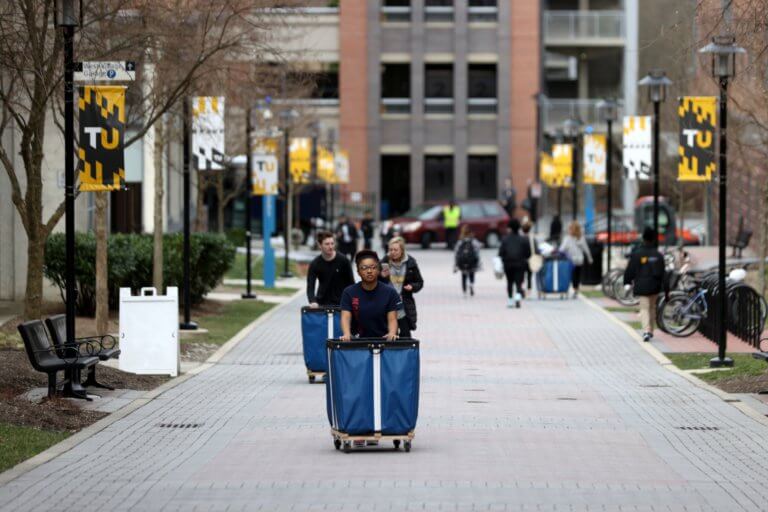
The US has long been a bastion for higher education, attracting scores of international students from all corners of the globe to its shores. The tides, however, are changing — an Open Doors report released on Nov. 16, 2020 by the Institute of International Education (IIE) and State Department shows that international students enrolled in the US declined for the first time in 14 years in 2019-20. And this is especially prevalent among Asian students.
The US hosted over a million international students (1,075,496) during the 2019-20 academic year, but saw a 1.8% decline over the prior academic year. Despite the decline, international students still represent 5.5% of all students in US higher education. The last decline was in the 2005-06 academic year at 0.05%.
In 2019-20, there were 851,957 enrolled international students in the US, nearly 6% less than its peak in 2016-17 at 903,127. There were 872,214 enrolled international students in 2018-19; and 891,330 in 2017-18.
New international student enrolment has been declining since 2015/16. In the 2019-20 academic year, 267,712 international students enrolled in the US for the first time, down 0.6% from the previous year, and nearly 11% off the peak in 2015-16.
Fewer Asian students studying in the US
Here are some interesting facts about US vice president-elect #KamalaHarris‘ parents: https://t.co/nIZbX5OJdz pic.twitter.com/CLjxxyJXBn
— Study International (@Study_INTNL) November 16, 2020
“It is important to note that the data does not yet reflect the effects of COVID-19 on international students and US higher education institutions,” said IIE head of research Mirka Martel, as quoted by Nikkei Asia at a press briefing. The downward trend was chiefly driven by less interest from Asian students and not the pandemic.
The top three places of origin of international students in the US are students from China, India and South Korea. However, there has been a decline in the number of Indian and South Korean students enrolled in US universities. There was a 4% decline in students from India to 193,124 students, the first decline since 2013; and a 4.7% decline in students from South Korea from the year earlier. The only outlier is China, which saw a 0.8% increase in students enrolled in the US.
Education industry experts attributed several factors to the decline, including uncertainties around student and post-graduation work visa policies in the US under the Trump administration. This includes reforms to the H-1B visa — a non-immigrant work visa that allows foreign workers to work in the US for American companies.
Under President Donald Trump, non-immigrant visas issued fell to 8.7 million in fiscal 2019, the fourth consecutive decline from the 10.9 million in fiscal 2015, said the report. Quoting an analysis by the Virginia-based National Foundation for American Policy, the denial rate for H-1B visas more than tripled to 33% in fiscal 2019 from 10% in fiscal 2016.
The increasing difficulties for foreign students to secure jobs and necessary visa documents have made many consider studying in other countries. Chinese students may constitute the largest number of foreign students in the US, but tensions between the US and China, and increasing scrutiny on Chinese students over espionage concerns are among the factors that have encouraged Chinese students to consider studying elsewhere.








